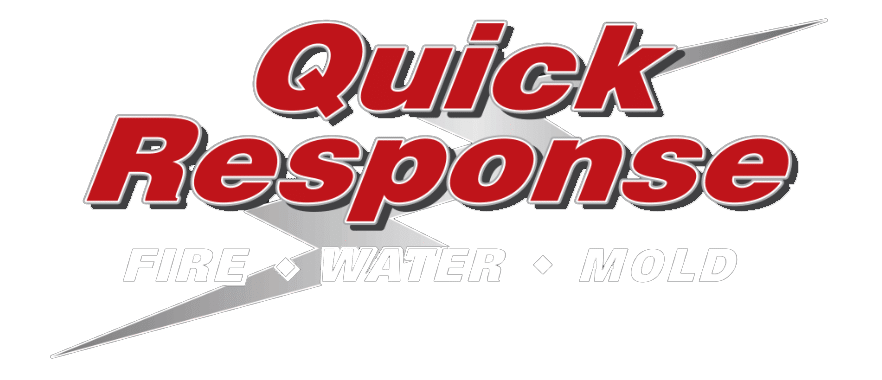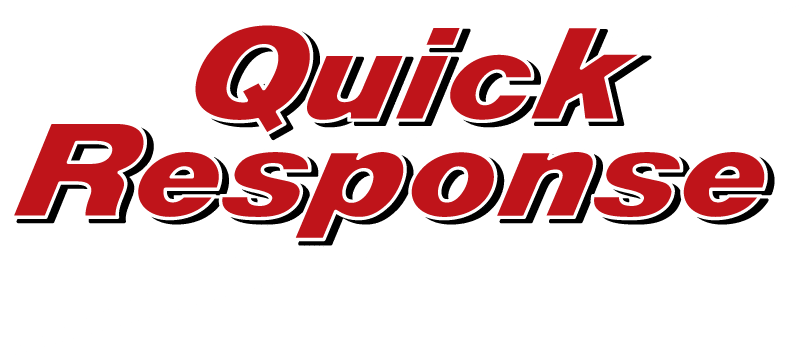Damage Restoration Company FAQs in Saratoga County, NY & the Capital Region
When disaster strikes, you have a lot of questions. Find answers to your damage restoration questions here & contact us today for emergency services.
At Quick Response, we’re poised and ready to respond to emergencies throughout the Capital District. We keep a rapid response team ready to go whenever disaster strikes. We regularly serve homeowners and businesses throughout Saratoga County, Albany County, Rensselaer County, Schenectady County, Warren County, & Montgomery County, For a full list of our service areas, click here.
At Quick Response Restoration, we recommend immediate dehumidification to avoid secondary damage from lingering water. To start, we position industrial air movers throughout the affected rooms to accelerate the drying process and prevent mold growth. Most of the materials and fixtures in your structure aren’t designed to withstand even a little bit of moisture. Sheetrock, flooring, ceiling tiles, insulation, carpet, and timber framework may need to be removed and replaced to make your structure safe again—and that’s not even considering the damage done to your HVAC units or ductwork.
In short, minor water damage may dry out on its own if the conditions are right, but not without causing secondary damages as time passes and contributing to mold growth in the future.
Fire damage can be devastating, especially when water is used to put out the flames. Then, of course, there’s smoke damage. As such, even small fires can cause widespread damage to homes and businesses throughout Upstate New York.
After a fire, the restoration professionals at Quick Response start with post-fire temporary repairs. This protects your structure against the elements so that restoration work can begin. Next, we’ll deodorize your structure and clean your walls, ceilings, and ductwork to remove harmful and unpleasant smoke residue and odors. Finally, we’ll dehumidify the affected area to prevent mold.
A biohazard situation occurs when dangerous substances enter your home or business. For maximum safety, these substances require personal protective equipment, powerful chemical cleaning agents, and expert know-how to remove.
Biohazard situations may include sewage, blood, bodily fluids, bacteria, viruses, human waste, and other harmful substances. Common after traumatic or natural deaths, these substances can cause harm to untrained professionals and require special biohazard services to remove safely and sufficiently.
No, you should never attempt to clean up sewage on your own. Even if water looks clear and safe, flood water and pipe water could be hiding bacteria and other harmful substances that could cause serious illness.
There are three categories of water damage. Category 1 water poses no immediate threat. Category 2 waste water (gray water) may be contaminated and can cause harm during cleanup. Finally, category 3 black water (sewage, flood water from sewers, etc.) is incredibly harmful to your health. To clean sewage, you need extensive PPE, training, and equipment. Trust the pros at Quick Response Restoration to take care of it for you.
After a storm or flood, your first priority is your safety and the safety of your family or employees. Once everyone is safe, it’s important that you gather the materials you need for the next few days (water, food, clean clothing, first aid, etc.). Finally, when everyone is safe and you have what you need to be comfortable, you should consider calling a restoration company.
To prepare for the unexpected, we offer homeowners and business owners Emergency Response Plans (ERPs). By using 3D imaging technology, we can document your structure and property, making any future restoration projects more successful and efficient.
In New York, restoration companies must hold an up-to-date mold license. This certification establishes a baseline of effectiveness and quality for all mold remediation services. We work together with a third-party mold assessor/inspector and follow the plan for remediation that they develop. Through close collaboration and experienced remediation work, Quick Response and the mold assessor can certify your property as safe so that you can get back to life and work as you know and love it.

